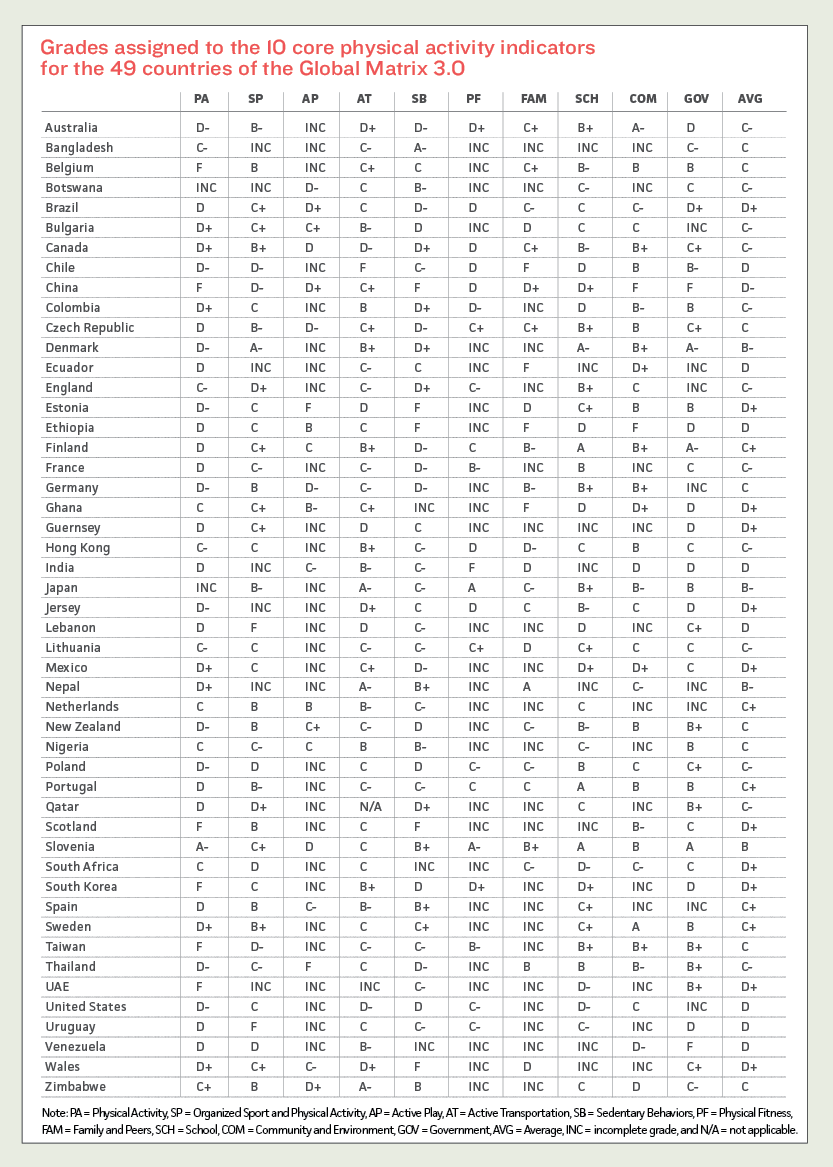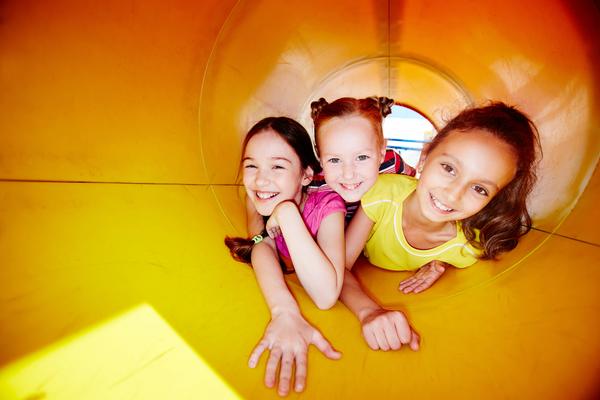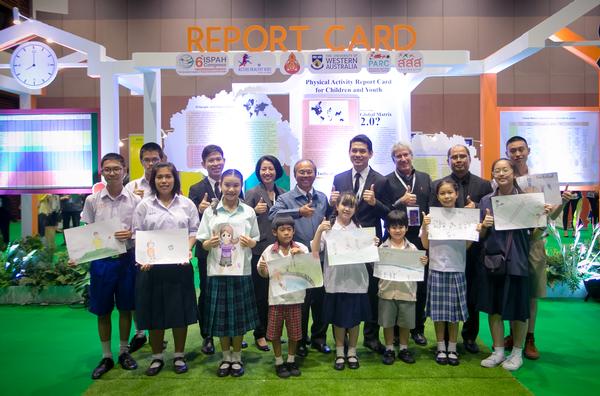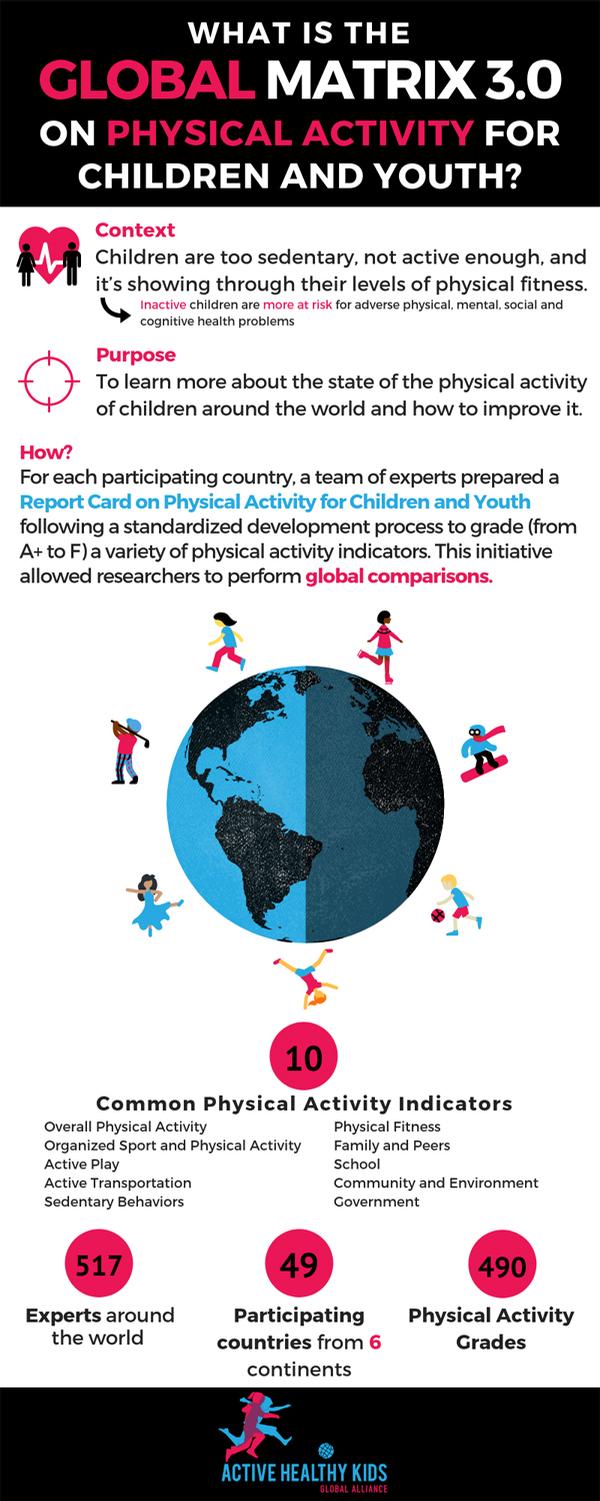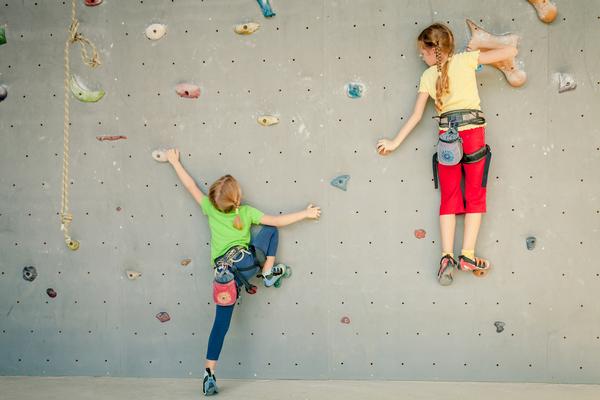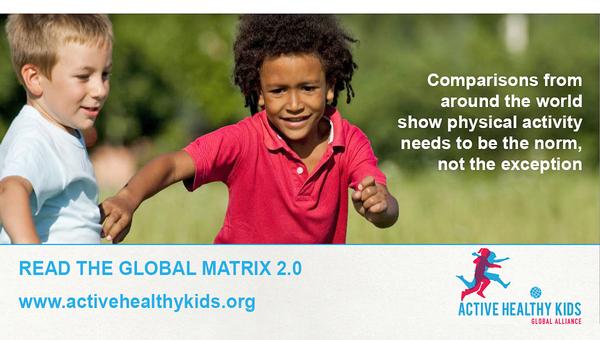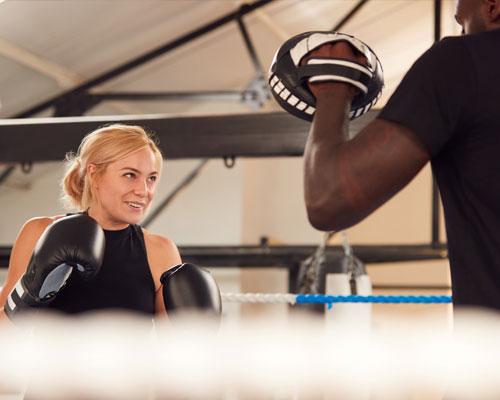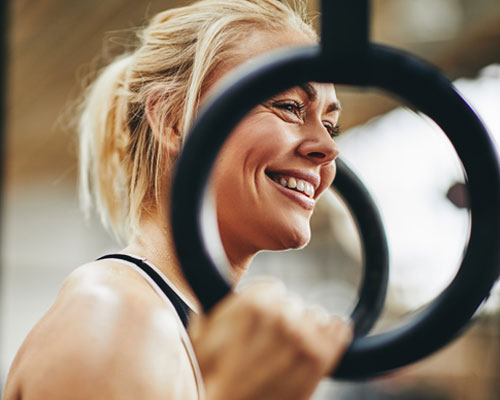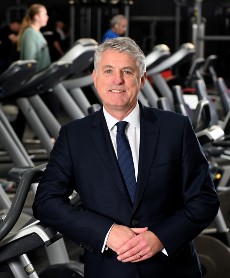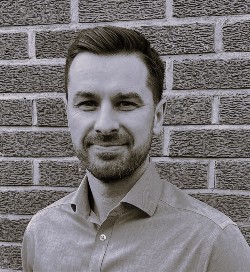features
Active Kids: Active healthy kids
In 2014, the Active Healthy Kids Global Alliance created the Global Matrix, which has become the most comprehensive assessment of global variation in child and youth physical activity. Steph Eaves talks to president Mark Tremblay about the matrix and its latest findings

How did the first Global Matrix come about?
As Active Healthy Kids Canada produced annual report cards for Canada, we were increasingly approached by other countries to mentor them to prepare similar report cards. Eventually this became sufficiently burdensome that we decided to make it a group effort.
So we worked with 14 additional countries to prepare report cards following a harmonised process and timelines, for concurrent release at the Global Summit on the Physical Activity of Children in Toronto in May 2014. This effort came to represent the Global Matrix 1.0.
The basic idea was that core indicators that were graded in the report cards would be tabulated for all countries and presented in a matrix of grades that would show how each country was doing.
The launch of the Global Matrix 1.0 generated worldwide media attention and offered unique insights into which countries were leading, and which were lagging in the various report card indicators, and these insights offered potential solutions to help improve the grades.
How did the Active Healthy Kids Global Alliance get started?
After the release of the Global Matrix 1.0, all participating countries met to debrief on its success and voted unanimously to work together, recruit additional countries, and repeat the process in the future. This led to the formation of the Active Healthy Kids Global Alliance, and the planning for the Global Matrix 2.0.
What are your main aims for the Global Matrix?
The Global Matrix initiative serves to: elevate public awareness of the global childhood physical inactivity crisis, be an accountability index for all citizens, be a surveillance synthesis mechanism, be an advocacy tool for physical activity leaders and organizations, drive policy change, provide a process for identifying research and surveillance needs, and be a challenge to other countries and jurisdictions to implement similar processes to allow comparisons and facilitate improvements.
Through credible knowledge synthesis and translation and international collaboration and cooperation we believe the Global Matrix can elevate the priority of childhood physical activity and provide unique insights that can inform creative strategic interventions and approaches to recalibrate the movement behaviours of contemporary children.
How does the report card system work?
Using all of the best available evidence within a country, a group of experts within that country synthesises and discusses that evidence and attempts to achieve consensus on a grade that corresponds to that evidence, while following the common grading rubric applied against established measurement benchmarks.
The proposed grades and the underlying evidence supporting them are audited by the Active Healthy Kids Global Alliance, modified if necessary, and then finalised. The substantiating evidence is provided in the long form report card for each country.
What enduring trends have you seen across the three matrices?
We’ve learned that no country has the solution to the childhood inactivity crisis. Some countries do better than others in certain indicators, yet do worse on others. This global variation is necessary to cross-fertilise best practice across countries.
What’s consistent among countries with more active children is that physical activity is driven by pervasive cultural norms – being active is not just a choice, but a way of life, and part of the fabric of habitual behaviours.
What are some of the most important learnings?
Ironically, and consistent in all three Global Matrix initiatives, is the observation of an inverse relationship between sources of influence for physical activity that are believed to be important – for example, government investment, built environment characteristics and physical education programmes – and the actual behaviours these aim to support, such as physical activity, active transportation and active play.
What seems more important than the typical approaches taken by high income countries around the world – investing in more infrastructure, for instance – is freedom to move and play wherever, whenever, however children choose. The takeaway is to just let kids play, with less structure and more opportunity.
What have countries done with the results?
There are many examples, for instance:
• Expansion: report card focused on physical activity of youth with chronic conditions and disabilities was produced in the Netherlands
• Education: a national conference focused on childhood physical activity was created in Denmark
• Policy: a new regulation mandating one hour of daily physical activity in public schools was introduced in Chile
• Surveillance: nationally representative physical activity surveys were developed in China, Chile, and Thailand
• A detailed account of the international impact of the Report Cards and Global Matrices was recently published in the Journal of Physical Activity and Health (https://paahjournal.com)
What are your future plans and goals for the Global Matrix?
Our future plans are to continue with the Global Matrix initiative, and continue expanding the number of participating countries. We hope to have 75 countries participating in the Global Matrix 4.0.
The Active Healthy Kids Global Alliance also hopes to expand its efforts to “power the global movement to get kids moving” through additional data-driven initiatives – stay tuned!
For more information visit: www.activehealthykids.org
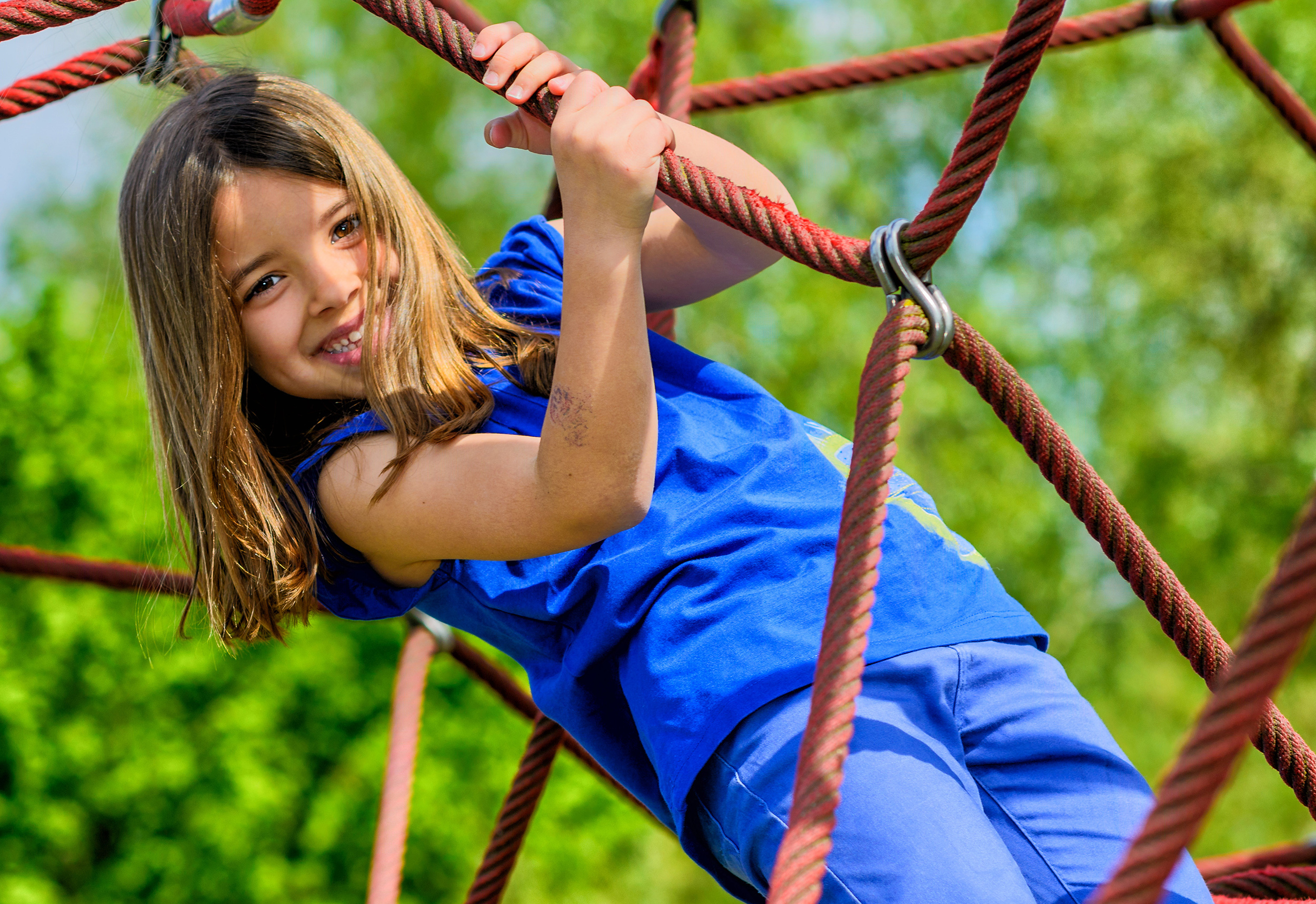
Based on an analysis of 49 countries, we are facing a global epidemic of childhood inactivity
The majority of children and youth are not meeting the physical activity guideline of a daily 60 minutes of moderate to vigorous physical activity, and spend too much time in front of a recreational screen
Slovenia obtained the best grades for Overall Physical Activity (A-), Family and Peers (B+), and Government (A), and received an overall average grade of B
A notable feature in Slovenia is the importance of sport for the culture of this almost 30-year old country as “Slovenes tend to view sports as an effective tool in fostering national identity among citizens and making successful global identity claims”
Lower behavioral grades and higher source of influence grades were observed within the very high Human Development Index (wealthier) countries
Generally low average grades for each indicator were observed in the high Human Development Index countries
The report revealed that modern lifestyles – increases in screen time, the growing urbanisation of communities and the rise in automation of previously manual tasks – are contributing to a pervasive public health problem
Zimbabwe reports above-average grades in Overall Physical Activity (C+) and Sedentary Behaviours (B)
Overall physical activity is mostly affected by active transportation which, for the majority of the children in Zimbabwe, is a necessity in everyday life
Japan had the best grades for Active Transportation (A-) and Physical Fitness (A), and had no grades lower than C-
Japan has a highly established “walking to school practice” that has been implemented since the School Education Act enforcement order, enacted in 1953. It states that public elementary schools should be located within no more than 4 km, and for public junior high schools no more than 6 km, from the student’s home
Higher behavioral grades (Overall Physical Activity, Organised Sport and Physical Activity, Active Play, Active Transportation, and Sedentary Behaviors) and lower Source of Influence grades (Family and Peers, School, Community and Environment, and Government) were generally observed in the low and medium Human Development Index countries

